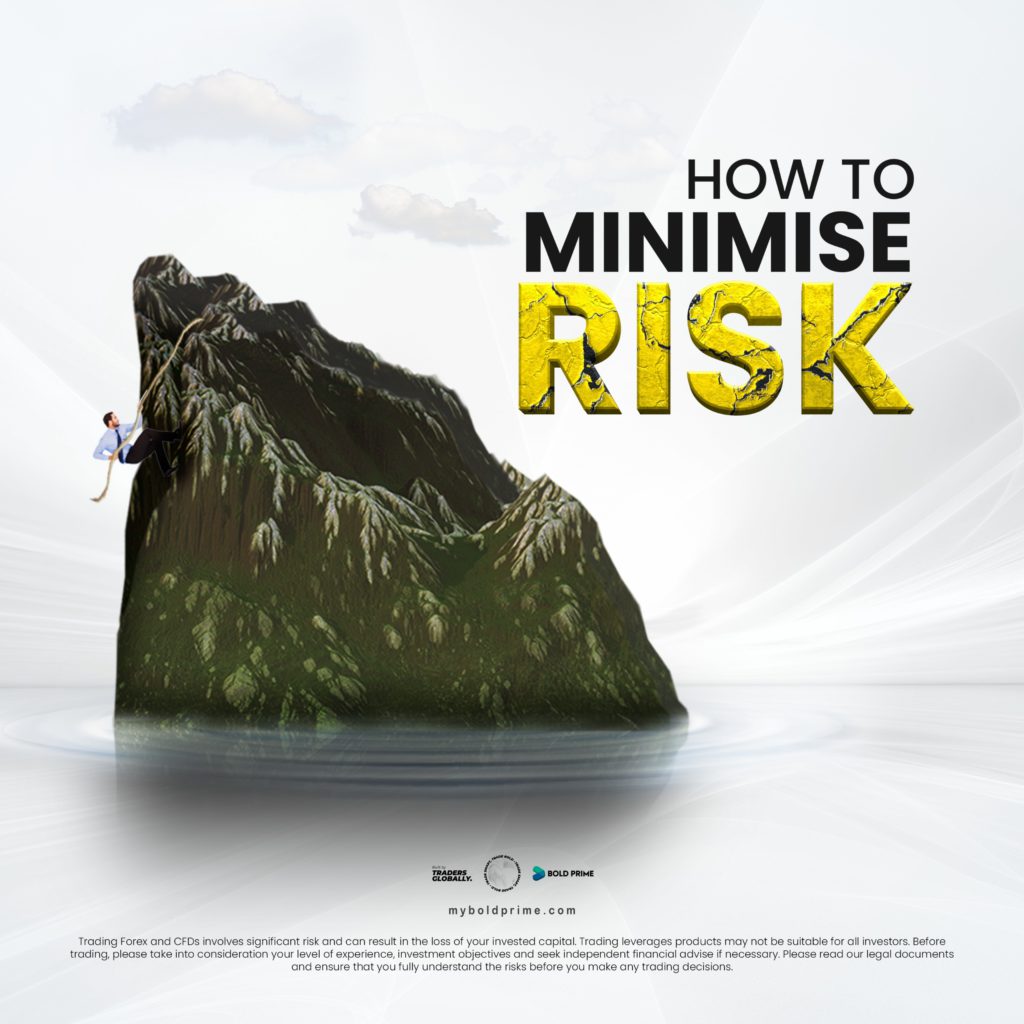Trading in the financial markets is a thrilling endeavor, but it’s not without its challenges and risks. To navigate the world of trading successfully, it’s essential to adopt a strategic approach that focuses on minimizing risk. Here are five key strategies to help you protect your capital and make more informed trading decisions.
1. Make a Trading Plan
A well-structured trading plan is the foundation of risk management. It outlines your trading goals, risk tolerance, and strategies. Here’s what your trading plan should include:
Objectives: Clearly define your trading goals, whether it’s capital preservation, income generation, or wealth accumulation.
Risk Tolerance: Determine the amount of risk you’re willing to take on each trade, typically expressed as a percentage of your total capital.
Trading Strategy: Detail your approach to trading, including your preferred assets, timeframes, and indicators.
Entry and Exit Rules: Establish clear criteria for entering and exiting trades, taking emotions out of the equation.
Risk Management: Define how you’ll manage risk, including stop-loss orders and position sizing.
By following your trading plan diligently, you ensure that your trading decisions are based on a rational, well-thought-out strategy.
2. Do Not Overtrade
Overtrading is a common pitfall for many traders. It happens when you exceed your predefined risk limits by taking on too many positions or using excessive leverage. Overtrading can lead to substantial losses and emotional burnout.
To avoid overtrading, adhere to these guidelines:
Stick to Your Trading Plan: Only take positions that align with your plan’s risk management rules.
Set a Maximum Number of Trades: Limit the number of concurrent trades to maintain control over your portfolio.
Use Sensible Leverage: If you use leverage, do so judiciously, and never exceed your risk tolerance.
By trading with discipline and restraint, you reduce the risk of impulsive decisions that can erode your capital.
3. Use Protective Orders
Protective orders are invaluable tools for managing risk. Two essential types of protective orders are:
Stop-Loss Orders: These orders automatically exit a trade when the price reaches a predetermined level, limiting potential losses.
Take-Profit Orders: These orders secure profits by closing a position when the price reaches a specified target.
By using stop-loss and take-profit orders, you ensure that your trades are governed by predefined rules, reducing the potential for catastrophic losses.
4. Diversify Your Portfolio
Diversification is a fundamental risk management strategy. Spreading your investments across different asset classes can help mitigate the impact of a poor-performing asset. Here’s how to diversify effectively:
Asset Classes: Invest in a mix of stocks, bonds, commodities, and currencies to reduce the correlation between your assets.
Geographic Regions: Diversify globally to reduce exposure to regional economic risks.
Industry Sectors: Within each asset class, invest in different industry sectors to spread risk further.
Diversification doesn’t eliminate risk, but it helps to spread it more evenly, which can protect your portfolio during market downturns.
5. Analyze Thoroughly
Before entering any trade, conduct comprehensive analysis. This includes:
Fundamental Analysis: Assess the underlying financial health and performance of the asset.
Technical Analysis: Analyze price charts and patterns to identify entry and exit points.
Sentiment Analysis: Understand market sentiment and its potential impact on the asset’s price.
Risk-Reward Evaluation: Calculate the risk-to-reward ratio for each trade to ensure it meets your criteria.
Thorough analysis empowers you to make informed decisions and avoid impulsive, emotionally-driven trades.
In conclusion, minimizing risk in trading requires a disciplined and strategic approach. By creating a trading plan, avoiding overtrading, using protective orders, diversifying your portfolio, and conducting thorough analysis, you’ll be better equipped to protect your capital and increase your chances of success in the dynamic world of trading.








































